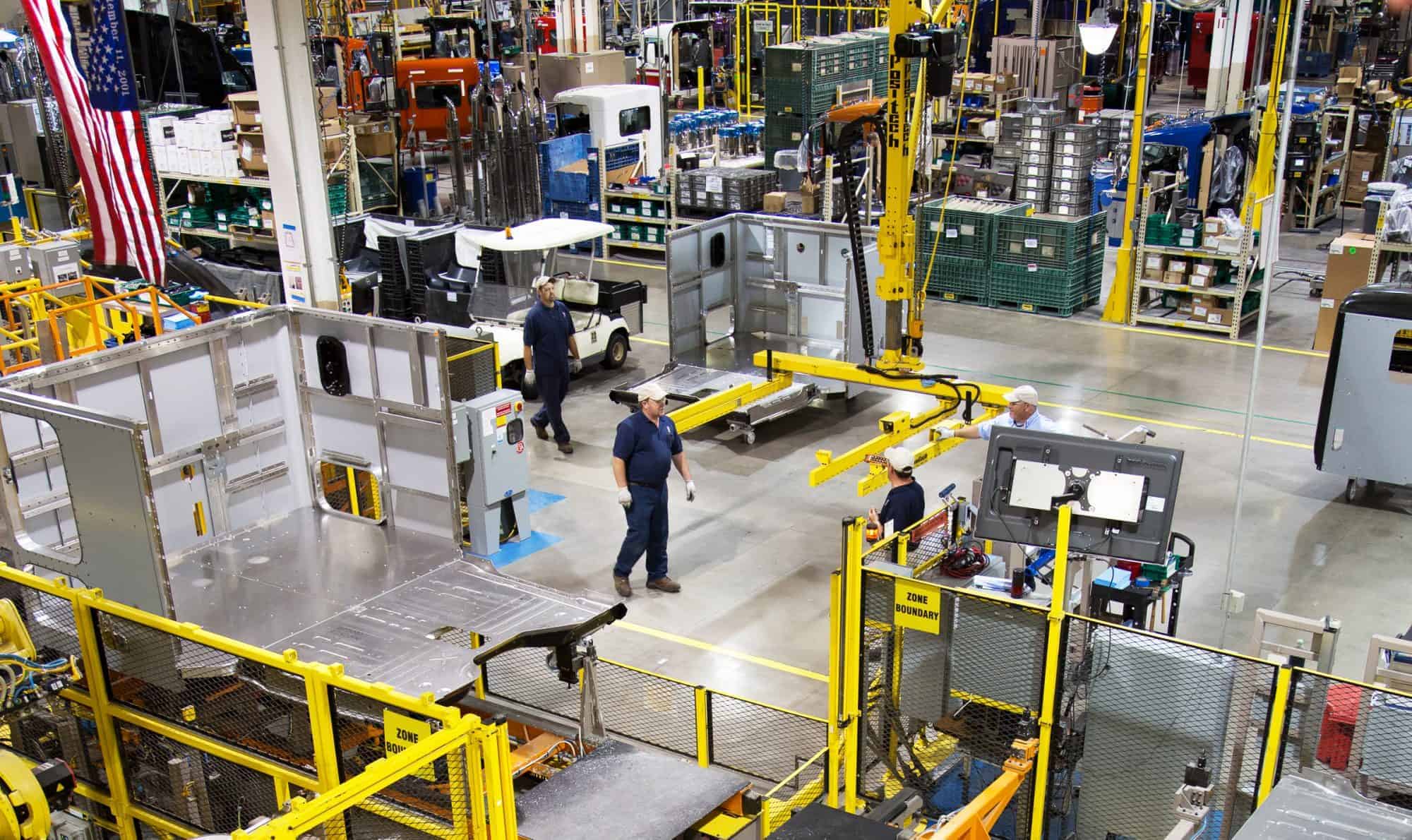Counterfeit Goods Harm Manufacturers and Consumers

When almost anything can be ordered online, how do you know if the product you’re buying is legitimate? Counterfeit goods are increasingly prevalent, and third-party e-commerce sites are making it easier than ever for counterfeiters to distribute inauthentic products.
To help combat this, the National Association of Manufacturers submitted comments last week to the Department of Commerce, proposing solutions to this counterfeit goods problem that is detrimental to manufacturers and customers alike. These comments reflect the rising tide of counterfeit products available, from auto parts to toys, from medicines to electronics and more.
These sales don’t just hurt businesses or inconvenience customers. Fake products can be a health and safety hazard. For example, prescription drugs are commonly counterfeited—with potentially severe consequences.
“First and foremost, we are always concerned about patient safety and the harmful effects that illegitimate products have,” Eli Lilly Director of Global Public Policy Tim McGuire said. “There is significant risk associated with putting medications in your body that haven’t gone through the rigorous regulatory review and approval processes that include safety testing and quality inspections.”
Even if a manufacturer is aware that counterfeit products are being distributed, getting those products removed from websites and working to communicate to customers that they have purchased fake goods is no small task. The process of identifying counterfeit sellers requires constant monitoring of search engines, e-commerce sites and other methods of distribution, and the onus is on the maker rather than the retailer.
“The big challenge is that counterfeiters always come back, and there isn’t a good structure in place to permanently prevent them from operating,” said Whirlpool Corp. Legal Counsel Nathan Davis. “You take down a listing, they put up a new listing. You shut down one website, they launch another website. The existing consequences are not sufficient to stop them.”
And for small- and medium-sized companies, the resources needed to stop the sale of counterfeit products can be prohibitive. Napoleon gas grills are an example: Accessories to go with these are often counterfeited and marketed as acceptable for use with Napoleon’s products. Consumers then think the counterfeit product is covered by Napoleon’s warranty.
“We’re essentially underwriting counterfeit products,” Napoleon Technical Support Manager Dana Moroz said. “The credibility of our brand name is affected, and we end up having to warrant inferior products to sustain our name. To the consumer, it’s all a Napoleon product.”
The NAM’s public comments provide next steps for combating counterfeiting, including recommendations for the U.S. government, for brand owners, and for online marketplaces and websites.
“Winning the fight against counterfeiters requires everybody—not just manufacturers, but e-commerce platforms and search engines, customs agents and consumer safety advocates—to get serious,” said NAM Director of International Business Policy Ryan Ong. “Stopping the flow of these products means not just legal and policy changes, but smarter enforcement priorities, better coordination and information sharing and a serious commitment by all parties to do their part.”
